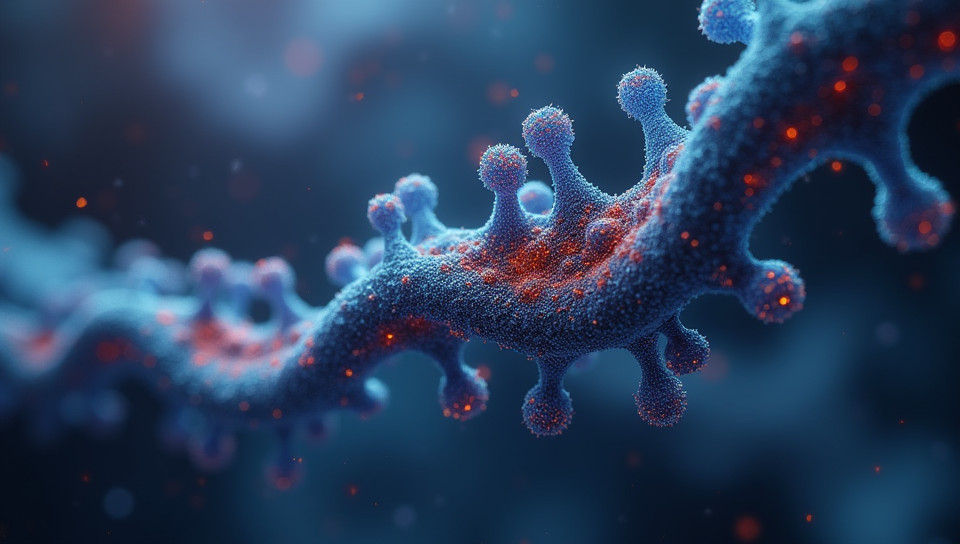CRISPR enables precise gene modifications 96%

Revolutionizing Genetics: The Power of CRISPR Gene Editing
Imagine being able to treat genetic diseases by simply editing the faulty genes that cause them. This may sound like science fiction, but thanks to the discovery of CRISPR (Clustered Regularly Interspaced Short Palindromic Repeats) gene editing technology, it's becoming a reality. CRISPR enables precise gene modifications, allowing scientists and researchers to make targeted changes to an organism's DNA.
What is CRISPR?
CRISPR is a naturally occurring defense mechanism found in bacteria that allows them to protect themselves against viral infections. This system uses a small piece of RNA to locate and destroy specific genetic sequences. Scientists have adapted this process for use in gene editing, allowing them to make precise changes to an organism's DNA.
How Does CRISPR Work?
The CRISPR-Cas9 system works by using a small piece of RNA to guide an enzyme called Cas9 to the desired location in the genome. The Cas9 enzyme then makes a double-stranded break in the DNA, allowing researchers to introduce new genetic material or make other changes.
Applications of CRISPR Gene Editing
- Reducing inherited diseases
- Improving crop yields and resistance to pests
- Developing novel cancer therapies
- Enhancing biotechnology production
The Future of CRISPR Gene Editing
As our understanding of the human genome continues to grow, so does our ability to manipulate it using CRISPR gene editing. With its precision and efficiency, CRISPR is poised to revolutionize the field of genetics and beyond.
Conclusion
CRISPR gene editing has opened doors to new possibilities in treating genetic diseases and improving crop yields. As research continues to advance, we can expect to see even more innovative applications of this powerful technology.
- Created by: Adriana Ferreira
- Created at: Jan. 13, 2025, 6:35 p.m.
- ID: 17822









